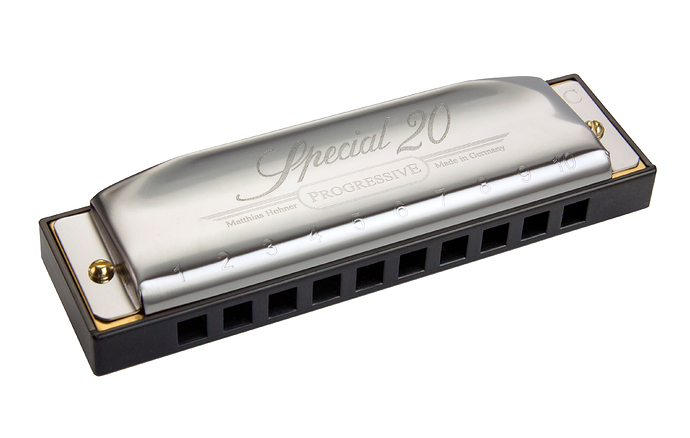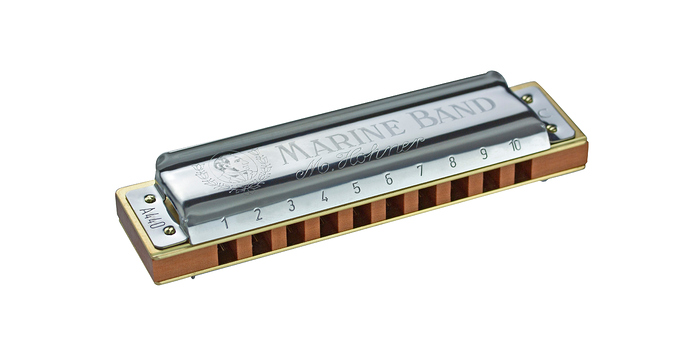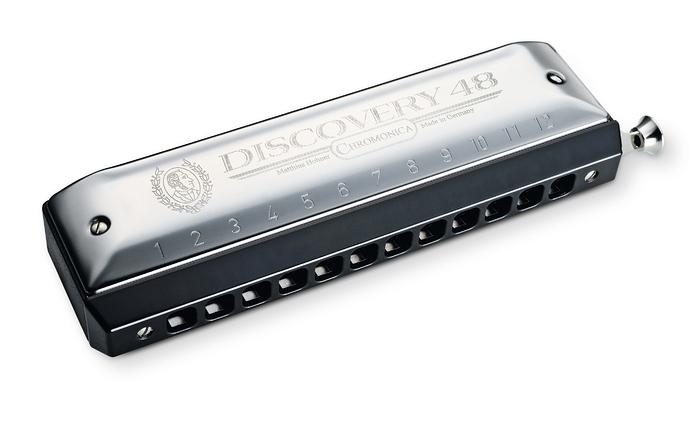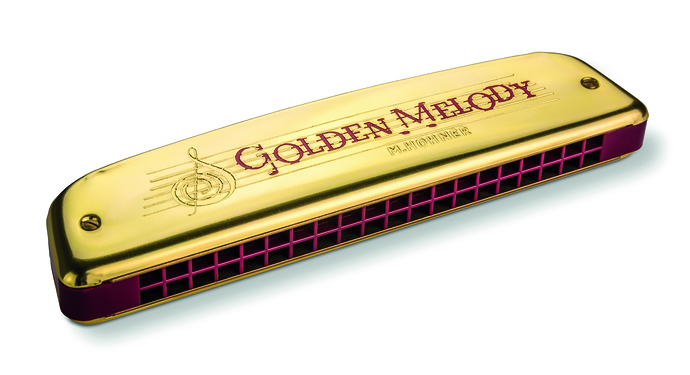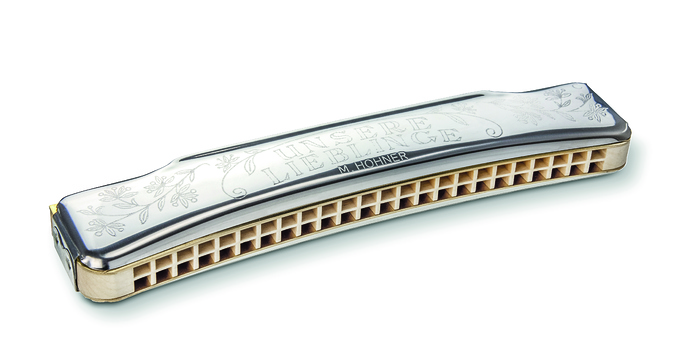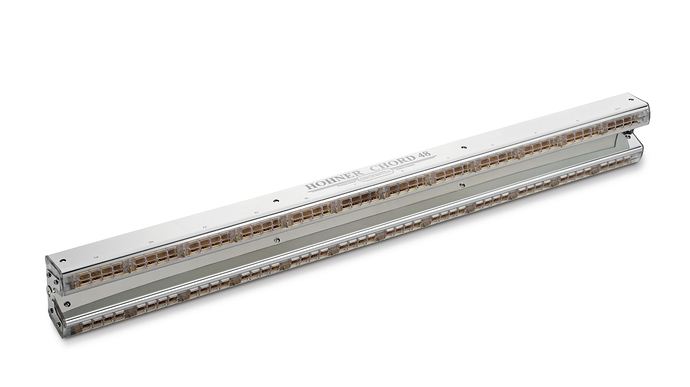This is a really common question. There are so many different models that it can be confusing for anyone thinking of taking up the harmonica for the first time. Which one to buy is really a question of your musical interests. Below I’ve tried to give a basic overview, with examples to help beginning players choose a suitable instrument, but of course there are many more models than those listed here.
Harmonicas fall into four main categories:
Diatonic Harmonicas are the most widespread type and are used in many different styles of music including folk, blues, rock, country, pop and jazz. Often referred to as “blues harps”, they are tuned to a single major scale, giving the tonic chord when blown and the dominant 7th chord when breathing in. They were originally designed for playing simple folk tunes combined with corresponding chords. However, their construction allows the player to modulate the pitch of certain notes, creating the uniquely evocative sound known as note bending, the haunting wailing effect which has ensured their lasting popularity. In addition, the overbend technique permits them to be played chromatically by accomplished players. Popular models include the HOHNER Special 20, Blues Harp, Rocket and Marine Band series. Especially the Special 20 is an excellent instrument for the beginner, but it’s also the first choice of countless professional players. These are the type of harmonicas played by artists such as Springsteen, Dylan or Neil Young, but also by blues artists such as Paul Butterfield or jazz musicians like Howard Levy.
Chromatic Harmonicas are basically two diatonic harmonicas in one instrument, tuned to major scales one semitone apart (e.g. C & C#). The player can switch from one to the other at the touch of a button, thus offering all tones of the chromatic scale and permitting music in all keys to be performed on one instrument. They are mostly used in jazz, pop and classical music, but are also sometimes heard in blues, folk or even bluegrass. They are primarily designed for playing single notes rather than chords, and note bending is not possible in the same way as on diatonics, so the sound is less raunchy. Popular models include the Discovery 48, Super Chromonica, CX12 or Super 64. The Discovery is particularly suitable for beginners. This is the type of harmonica played by jazz musicians such as Toots Thielemans or Antonio Serrano, soul artists including Stevie Wonder or classical harmonicists such as Willi Burger, Cy Leo or Philip Achille.
Tremolo and Octave Harmonicas both feature a pair of reeds for each note, which sound together, rather than a single reed. With Tremolo Harmonicas, the two reeds are tuned to the same pitch but slightly apart, creating a warm, pulsating tremolo effect. With Octave Harmonicas, the two reeds in each pair are tuned exactly one octave apart to give a rich, powerful sound. Both are great for traditional folk music and are equally suitable for use in harmonica ensembles or solo performance. They are not suitable for blues, rock or jazz and are popular with people who want to play cowboy songs, evergreens and alpine folk. They are probably the easiest type of harmonica to play, but will not make the typical sounds associated with blues harps. Popular tremolo models include Big Valley, Ocean Star, Golden Melody Tremolo and the instruments of the Echo Harp series. Popular octave tuned models include the Comet 40 and the instruments of the Unsere Lieblinge series.
Orchestra Harmonicas are specialist instruments designed for use in harmonica ensembles. The Bass 58 and Bass 78 models are for playing single note bass lines, whereas the Chord 48 is used to provide chord accompaniment. Neither type of instrument is suitable for beginners and they are not designed for solo performance.
If anyone has a query about any of the above, I’ll be happy to answer!
